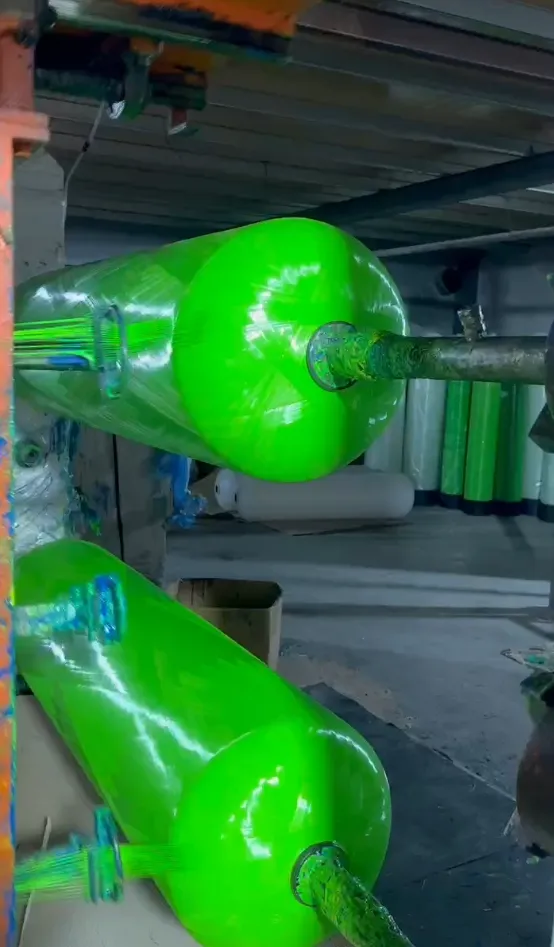loading...
- No. 9, Xingyuan South Street, Dongwaihuan Road, Zaoqiang County, Hengshui, Hebei, China
- admin@zjcomposites.com
- +86 15097380338
- Welcome to visit our website!
The Role of FRP Bars in Enhancing Concrete Structural Integrity and Performance
Fiber-reinforced polymer (FRP) bars have gained increasing popularity in the construction industry, particularly in the reinforcement of concrete structures. This innovative material offers a range of benefits that traditional steel reinforcement bars (rebar) cannot match, making it an attractive alternative in various applications.
One of the most significant advantages of FRP bars is their high resistance to corrosion. Unlike steel, which can deteriorate when exposed to moisture and aggressive chemicals, FRP is inherently resistant to environmental factors. This property extends the lifespan of concrete structures, especially in harsh environments, such as marine applications, chemical plants, and areas with de-icing salts. By using FRP bars, engineers can significantly reduce maintenance costs and extend the service life of structures.
.
FRP bars also exhibit excellent tensile strength-to-weight ratios. They can carry significant loads while maintaining relatively low mass, making them ideal for applications where weight is a concern. Moreover, their non-magnetic properties make them suitable for use in electromagnetic-sensitive environments, such as hospital MRI rooms or sensitive electronic facilities.
frp bars in concrete

Moreover, FRP bars offer design flexibility. They can be customized to meet specific engineering requirements in various structural applications. This adaptability allows engineers and architects to explore innovative designs that would be difficult or impossible with traditional materials. The aesthetic appeal of exposed FRP bars can also enhance the visual aspect of the structure, providing an attractive finish while maintaining structural integrity.
Despite the advantages, there are some challenges associated with the use of FRP bars. Their relatively higher initial cost, limited familiarity among construction professionals, and lack of long-term performance data in some situations can pose barriers to widespread adoption. However, ongoing research and development aim to address these issues, paving the way for broader acceptance in mainstream construction practices.
In conclusion, FRP bars represent a promising development in concrete reinforcement technology. Their inherent resistance to corrosion, lightweight construction, tensile strength, design flexibility, and aesthetic appeal make them an excellent choice for various applications. As the construction industry continues to evolve, FRP bars are likely to play an increasingly essential role in creating durable and efficient structures.
-
The Rise of FRP Profiles: Strong, Lightweight, and Built to LastNewsJul.14,2025
-
SMC Panel Tanks: A Modern Water Storage Solution for All EnvironmentsNewsJul.14,2025
-
GRP Grating: A Modern Solution for Safe and Durable Access SystemsNewsJul.14,2025
-
Galvanized Steel Water Tanks: Durable, Reliable, and Ready for UseNewsJul.14,2025
-
FRP Mini Mesh Grating: The Safer, Smarter Flooring SolutionNewsJul.14,2025
-
Exploring FRP Vessels: Durable Solutions for Modern Fluid HandlingNewsJul.14,2025
-
GRP Structures: The Future of Lightweight, High-Performance EngineeringNewsJun.20,2025
